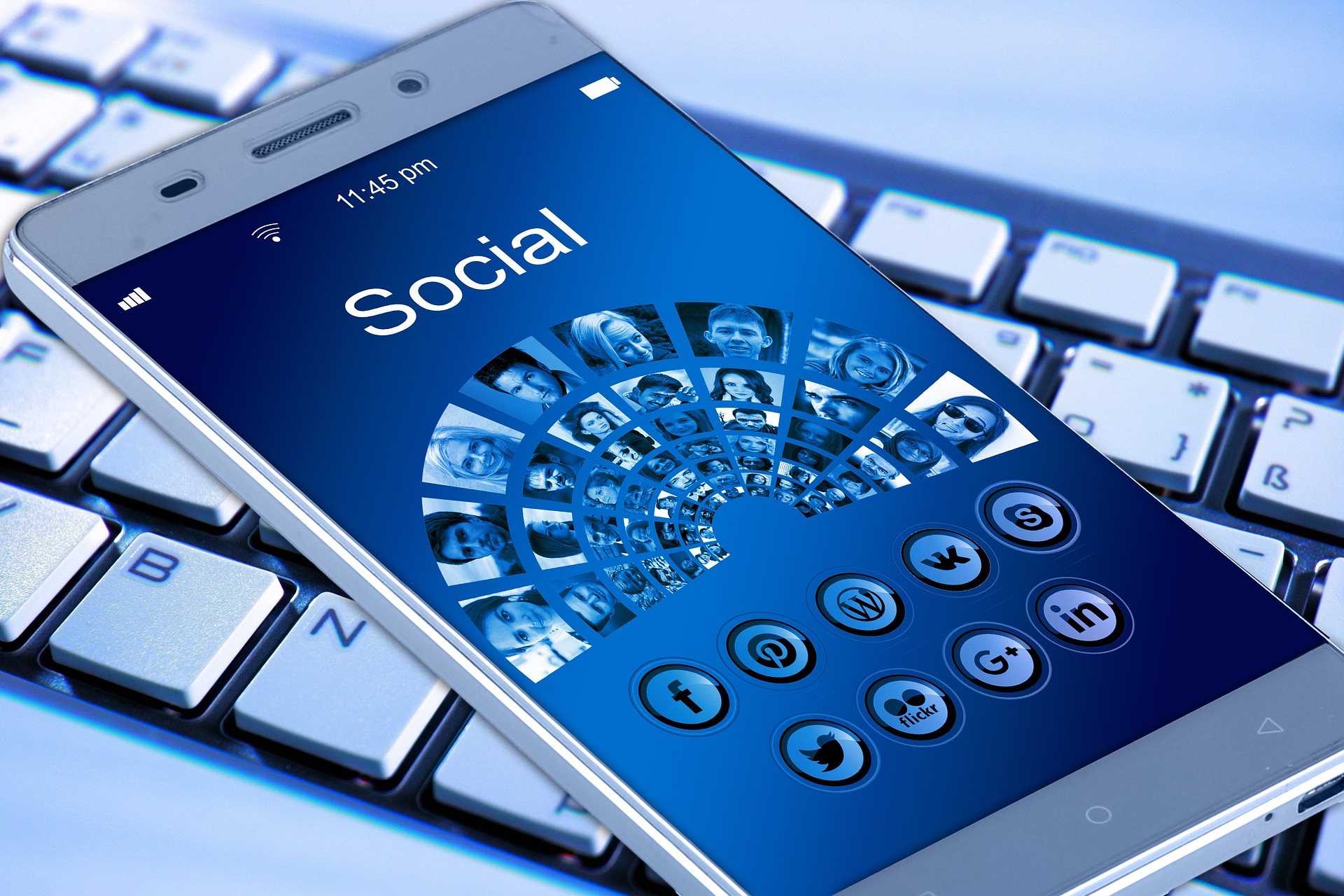10 content examples for email marketing
These content examples for email marketing will help capture your audience’s attention.
Attention spans are fleeting and competition for consumer attention is fierce, yet email marketing remains a powerful tool for businesses to connect with their audience. However, with inboxes flooded with messages daily, it’s crucial for marketers to cut through the noise and deliver compelling content that captures attention, drives engagement, and ultimately, converts leads into customers.
Here are ten content examples for email marketing that are proven to boost engagement and drive results:
1. Personalised recommendations:
Personalisation is key to effective email marketing. By leveraging customer data and behaviour, you can deliver tailored recommendations that resonate with each recipient. Whether it’s suggesting products based on past purchases or recommending content based on their interests, personalised recommendations make recipients feel valued and increase the likelihood of conversion.
Example: An e-commerce fashion retailer could send personalised recommendations based on the recipient’s past purchase history or browsing behaviour. For instance, if a customer has previously bought summer dresses, the email might suggest coordinating accessories or complementary items based on their style preferences.
2. Educational content:
Position your brand as a thought leader in your industry by sharing valuable educational content with your subscribers. This could include how-to guides, tips and tricks, industry insights, or informative articles. By providing value upfront, you build trust with your audience and establish credibility, making them more likely to engage with your brand.
Example: A software company could provide educational content in the form of how-to guides or tutorials related to their product. For instance, they might create an email series that walks users through the features of their software with step-by-step instructions and tips for optimisation.
3. Exclusive offers and promotions:
Everyone loves a good deal. Use email marketing to offer exclusive discounts, promotions, or early access to new products or services. Limited time offers create a sense of urgency and encourage recipients to take action quickly, driving both engagement and sales.
Example: A coffee subscription service could offer exclusive discounts or freebies to subscribers who refer a friend to sign up for their service. They might send out emails with personalised referral links and enticing offers, such as “Refer a friend and get 20% off your next coffee order!”
4. User-generated content:
Showcase your customers’ experiences with your brand by featuring user-generated content in your emails. Whether it’s reviews, testimonials, or photos of happy customers using your products, user-generated content adds authenticity and social proof to your marketing efforts, fostering trust and credibility.
Example: A fitness apparel brand could feature user-generated content in their emails by sharing photos of customers wearing their products while working out. They might run a social media contest encouraging customers to share photos with a specific hashtag for a chance to be featured in their next email newsletter.
5. Interactive content:
Break through the monotony of traditional emails by incorporating interactive elements such as polls, quizzes, or surveys. Interactive content not only engages recipients but also provides valuable insights into their preferences and interests, allowing you to tailor future communications more effectively.
Example: A cooking website could create interactive recipe quizzes in their emails, where subscribers can answer questions about their cooking preferences to receive personalised recipe recommendations. This not only engages recipients but also helps the brand tailor content to individual tastes.
6. Storytelling:
Humans are wired to respond to stories. Use the power of storytelling to captivate your audience and forge emotional connections with your brand. Share compelling narratives about your brand’s journey, customer success stories, or behind-the-scenes glimpses into your company culture. By weaving storytelling into your emails, you create a memorable experience that resonates with recipients long after they’ve clicked “send.”
Example: A sustainable fashion brand could share stories about the artisans who handcraft their products or the communities they support through their ethical sourcing practices. By humanising their brand and highlighting their values, they create a deeper connection with subscribers who share similar values.
7. Visual content:
They say a picture is worth a thousand words, and nowhere is this truer than in email marketing. Incorporate eye-catching visuals such as images, videos, or infographics to grab attention and convey your message more effectively. Visual content not only makes your emails more visually appealing but also helps break up text-heavy content, keeping recipients engaged and scrolling.
Example: A travel agency could include stunning travel photography and videos in their emails to inspire subscribers to book their next getaway. They might showcase breathtaking destinations, travel tips, and exclusive package deals to entice recipients to start planning their next vacation.
8. Event invitations:
Whether it’s a webinar, workshop, or exclusive VIP event, use email marketing to invite subscribers to participate in live events hosted by your brand. Events provide an opportunity to engage with your audience in real-time, foster community, and drive meaningful interactions. Be sure to include clear calls-to-action and compelling event details to encourage RSVPs and attendance.
Example: A software-as-a-service (SaaS) company could host a webinar on the latest industry trends or a virtual workshop on best practices for using their software. They might send out email invitations with compelling event titles, guest speaker bios, and registration links to encourage sign-ups.
9. Seasonal campaigns:
Capitalise on seasonal trends and holidays by creating themed email campaigns that resonate with your audience. Whether it’s Valentine’s Day, Black Friday, or the start of a new season, tailor your content and promotions to align with the current moment and evoke a sense of excitement and urgency.
Example: A home decor retailer could create a holiday-themed email campaign for Valentine’s Day featuring romantic home decor ideas, gift guides, and special promotions on products like candles, throw blankets, and decorative accents perfect for creating a cosy atmosphere for a romantic evening at home.
10. Relevant news and updates:
Keep your audience informed and engaged by sharing relevant news, updates, and industry insights in your emails. Whether it’s announcing product launches, sharing company milestones, or commenting on industry trends, timely and informative content demonstrates your brand’s expertise and keeps subscribers coming back for more.
Example: A financial services firm could send out regular email newsletters with updates on market trends, investment insights, and economic forecasts. They might also include articles or blog posts offering tips for financial planning, retirement savings, or managing debt to provide value to their subscribers.
Conclusion:
Email marketing remains a valuable tool for businesses to engage with their audience, drive sales, and foster brand loyalty. By incorporating these ten content examples for email marketing into your strategy, you can elevate your campaigns, capture attention, and inspire action. Remember to test and iterate to find what resonates best with your audience, and always strive to deliver value with every email you send.





